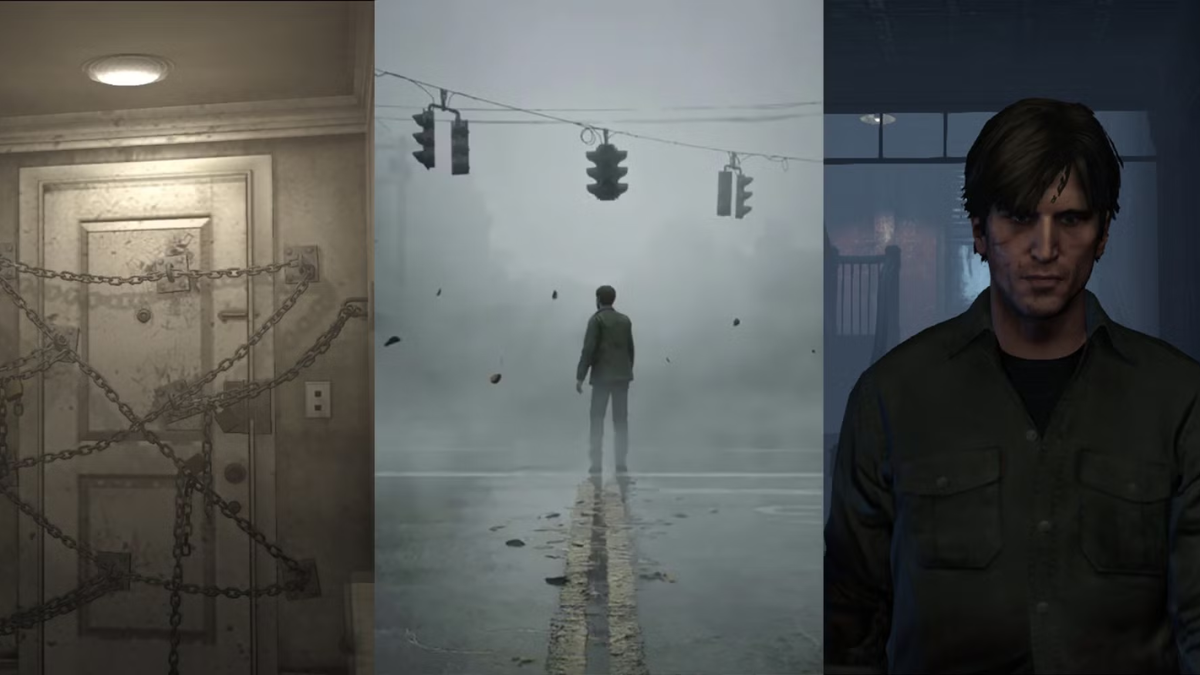Silent Hill has always been the thinking person’s horror franchise. Where other survival horror games throw monsters at you in waves, Silent Hill forces you to sit with your own thoughts, staring into the abyss of the mind while the fog slowly rolls in. It’s not just about what’s lurking in the shadows — it’s about what’s lurking in you.
With Silent Hill f, Konami has done something no one expected: it has revitalized a franchise that many feared was forever lost to time and nostalgia. The game is not merely a reboot or a safe rehash of what came before. Instead, it is a bold reimagining of psychological horror that honors the DNA of the series while daring to push it into even more disturbing territory.
The protagonist of Silent Hill f, much like James Sunderland before them, embarks on a journey that is as much internal as it is external. The dilapidated streets, the monstrous hallucinations, and the suffocating fog serve as metaphors for guilt, trauma, and repression — but Silent Hill f adds something new: an unrelenting descent into grotesque, botanical horror, with imagery so twisted it feels pulled from a fever dream.
For longtime fans, this game is not just a return — it is a revelation. For newcomers, it might be one of the most viscerally unsettling experiences they’ve ever played. And yet, despite its unflinching darkness, Silent Hill f is beautiful — poetic, even — reminding us that horror can be both terrifying and strangely cathartic.
Psychological Horror Redefined
At the heart of Silent Hill’s appeal is the question: what is real? Silent Hill f takes this premise and digs even deeper, playing with memory, perception, and guilt in ways that leave players questioning their own conclusions.
Instead of cheap jump scares, the game uses dissonant sound design, deliberate pacing, and surreal imagery to cultivate dread. Players may find themselves staring at a quiet, empty room for far longer than necessary, afraid that something terrible is about to happen — and sometimes, the worst part is that nothing does.
The narrative structure also plays a crucial role. Silent Hill f tells its story in fragments, forcing players to piece together meaning much like a fevered dream where only certain moments stand out in sharp, horrifying focus. This fragmented storytelling mirrors the protagonist’s own fractured mental state, making the player complicit in the descent into madness.
The Visuals and Atmosphere
Silent Hill f is built on Unreal Engine 5, and the result is nothing short of stunning — in the most horrific way possible. The town’s fog has never looked this thick, its monsters never this detailed, its decay never this visceral.
What makes the visuals so effective is not just realism but artistry. Flowers bloom grotesquely from corpses, tendrils creep up walls, and the color red becomes a recurring motif, splashed across the screen like a warning.
Konami and its developers have doubled down on body horror, using it as a metaphor for the slow, invasive corruption of guilt and grief. This approach gives the game a unique identity within the franchise while standing shoulder-to-shoulder with horror cinema’s greats.
A Soundtrack That Gets Under Your Skin
No Silent Hill game would be complete without its music, and Akira Yamaoka’s haunting compositions are back in full force. The soundtrack for Silent Hill f alternates between eerie ambient soundscapes, distorted industrial noise, and moments of quiet melancholy that break your heart before scaring you again.
Even outside of scripted moments, the sound design creates constant unease. Footsteps echo strangely, distant screams seem to come from nowhere, and the static crackle of your radio becomes a source of dread as it warns you of nearby danger.
Why Silent Hill f Matters for Horror Games
Silent Hill f proves that psychological horror still has a place in modern gaming, even in a world dominated by fast-paced shooters and action-heavy franchises. Its willingness to embrace ambiguity, discomfort, and emotional vulnerability is what sets it apart.
By blending body horror, psychological symbolism, and narrative risk-taking, Silent Hill f may well inspire a new wave of horror games that prioritize atmosphere over spectacle. It reminds us that the scariest monsters are often the ones we create in our own minds.
Conclusion
Silent Hill f isn’t just a great Silent Hill game — it’s one of the boldest horror experiences in years. It challenges players not just to survive but to confront what survival means. Its ending will likely be debated for years, its imagery burned into the minds of those who dared to play.
If Resident Evil represents the adrenaline rush of fighting off zombies, Silent Hill remains the franchise that lingers in your subconscious long after the credits roll. And with Silent Hill f, the series has reclaimed its throne as the king of psychological horror.

